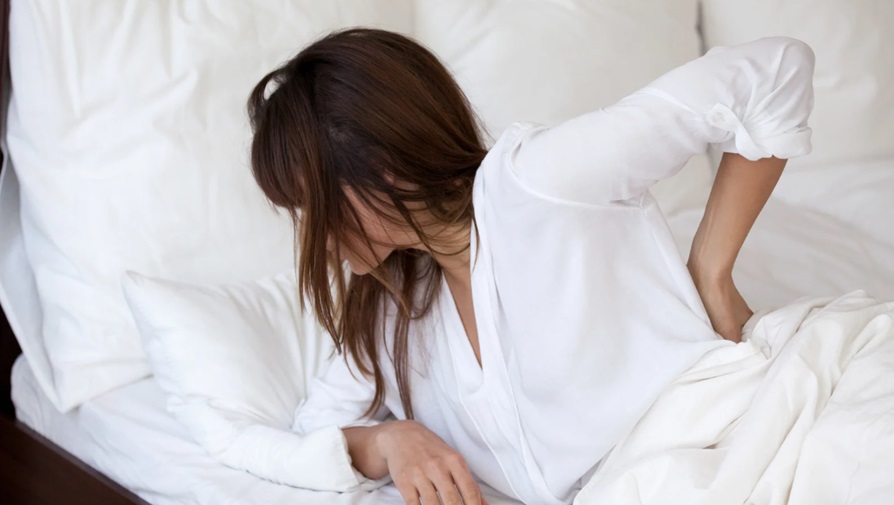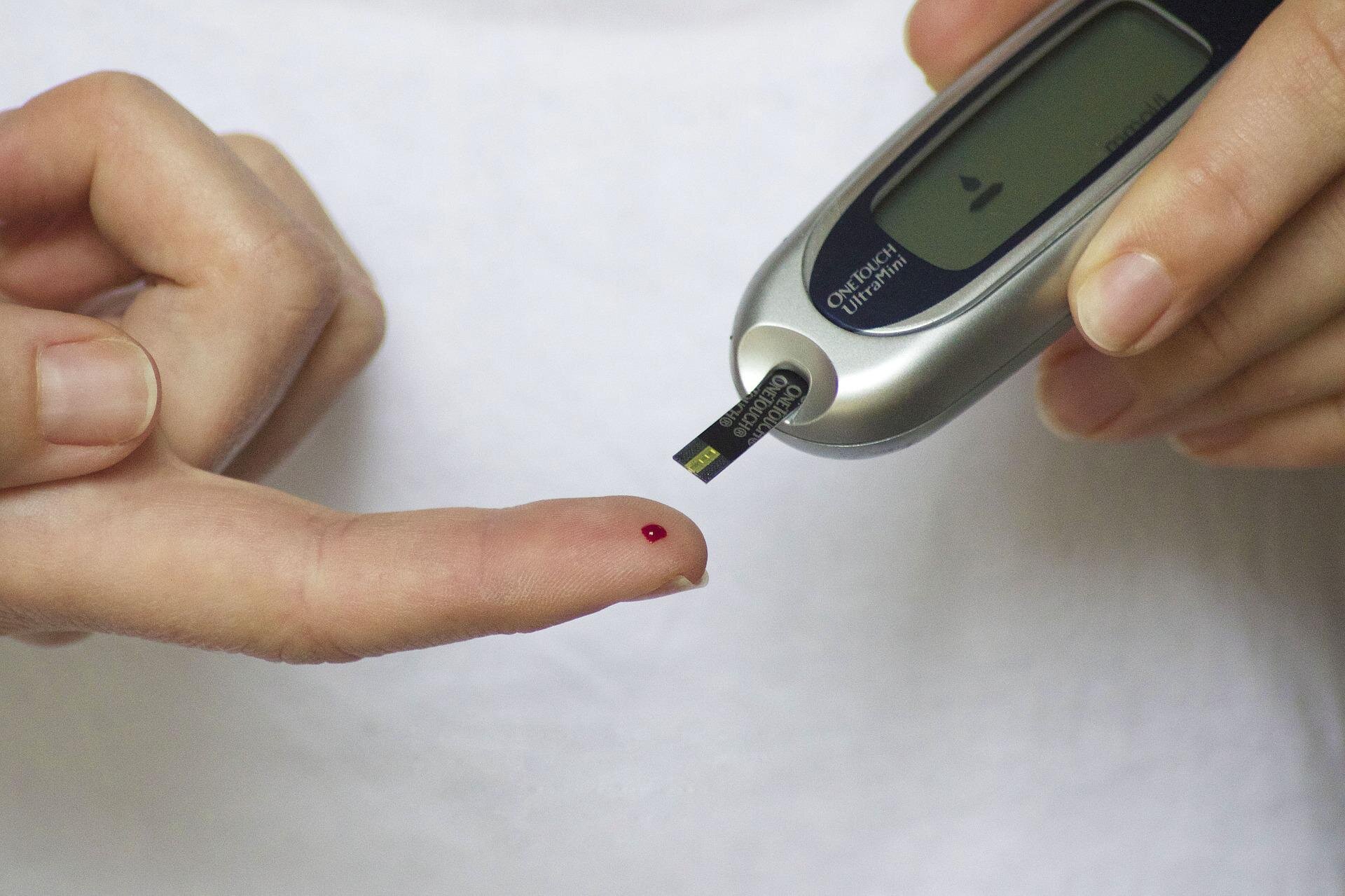Getting a good night’s sleep is essential for your overall well-being, but did you know that your sleep position plays a critical role in maintaining spinal alignment and preventing lower back pain? The way you rest your body for hours each night can either support a healthy spine or exacerbate existing discomfort. Whether you’re experiencing chronic back issues or simply want to wake up feeling more refreshed, evaluating your sleep posture is a smart move. For those dealing with persistent back issues, using a traction machine for the lower back can provide additional support by promoting spinal alignment during recovery.
The Relationship Between Sleep Position and Spine Alignment
When it comes to spinal health, posture isn’t just about how you sit or stand—how you sleep is just as important.
Back Sleepers: The Pros and Cons
Sleeping on your back is often considered ideal for spinal alignment because it allows the spine to rest in a neutral position. Placing a pillow under the knees can further reduce pressure on the lower back. However, individuals with sleep apnea or snoring issues may find this position uncomfortable.
On the flip side, back sleeping may not be suitable for everyone—especially those already experiencing lumbar discomfort. In such cases, exploring mechanical solutions to complement your sleeping habits could be beneficial. Understanding the subtle but important differences between traction and spinal decompression therapy helps clarify which support method is most suitable depending on the severity of the condition. This insight becomes particularly useful when integrating spinal treatments with everyday habits like sleep.
Side Sleepers: Supportive but Imperfect
Side sleeping is popular and often recommended for people with sleep apnea or acid reflux. It also reduces snoring and improves overall sleep quality. However, sleeping on the side can lead to misalignment in the hips and lower back if not properly supported with a pillow between the knees. An uneven spinal curve during sleep can worsen back pain, making it essential to monitor posture closely.
For individuals with recurring discomfort, professional back traction treatments can enhance the effectiveness of positional corrections during sleep. Knowing how long you should do traction on your back helps align expectations with results, particularly when combining clinical therapies with daily habits like sleep positioning.
Stomach Sleepers: The Risky Position
Stomach sleeping is generally discouraged by professionals due to the unnatural strain it places on the neck and lumbar region. It flattens the natural curve of the spine and increases pressure on muscles and joints, often resulting in morning stiffness or chronic discomfort over time.
If this is your default position, consulting with a spine specialist can help determine corrective methods. Pairing lifestyle changes with targeted spinal therapy improves both posture and recovery. Focusing on prevention is key when trying to avoid long-term spinal issues rooted in nighttime habits.
Optimizing Sleep for Better Back Health
Adjusting your sleep position can go a long way in maintaining back health, especially when paired with professional treatment options.
Combine Quality Sleep with Clinical Support
While improving your sleep position can help reduce strain on your back, it’s not always enough for those with moderate to severe spinal conditions. Professional spinal care, including traction therapy, can accelerate relief and healing. Traction machines designed for lower back issues are particularly effective when integrated into a broader care plan tailored to the individual’s needs.
Avoiding improper sleeping habits and recognizing the need for professional intervention are both critical to long-term spinal wellness. Rather than relying on surface-level solutions, trust in clinical tools and expert guidance to protect and restore your back health.
Conclusion
Sleep is restorative not just for the mind but also for the spine—if done correctly. Your sleep position can either alleviate or amplify back issues, depending on how it supports your spine’s natural curvature. For those dealing with persistent discomfort, integrating proper sleeping posture with professional spinal therapies can provide long-lasting results. Recognizing when to seek help and understanding the tools available—like traction devices—ensures your sleep becomes part of the solution, not the problem.



